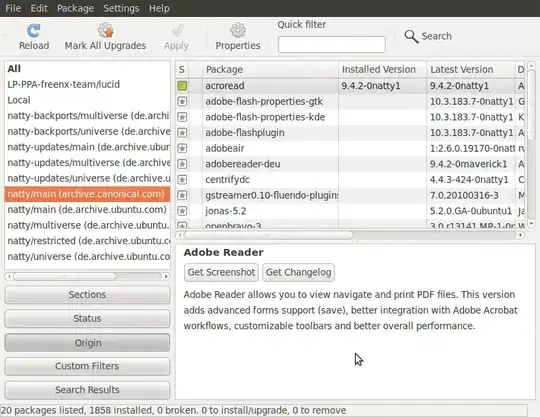In Software Sources under the Other Software tab, there is an option of enabling "Canonical Partners" repository: software packaged by Canonical for their partners.
Do I understand correctly that this repo includes third-party created applications that by arrangement are packaged and maintained by Canonical?
Does this mean Canonical can look at the source code of these third-party applications and hence ensure the security and stability of these apps in Ubuntu, making them as secure & stable as the software in the Main repo?
